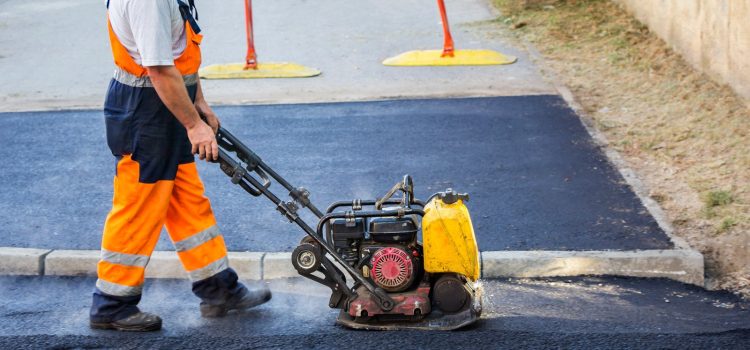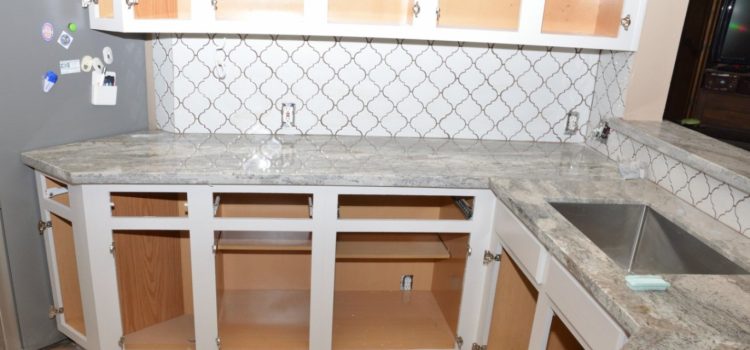Asphalt pavement is a popular choice for driveways, parking lots, and roads due to its durability, smooth surface, and aesthetic appeal. However, like any investment, it requires proper care and maintenance to ensure it lasts for years to come. Without routine upkeep, your asphalt pavement can deteriorate more quickly, leading to cracks, potholes, and costly repairs. In this blog, we’ll share essential tips on how to maintain your asphalt pavement for longevity and keep it looking great for years.
Importance of Asphalt Maintenance
Asphalt is designed to withstand heavy traffic, weather conditions, and other environmental factors, but over time, these elements can wear down the surface. Regular maintenance helps preserve the integrity of your asphalt and protects your investment. By staying on top of routine maintenance, you can prevent premature damage and extend the life of your pavement, saving you money in the long run.
1. Regular Cleaning and Debris Removal
One of the easiest and most important steps in maintaining asphalt pavement is to keep it clean. Debris such as leaves, dirt, and trash can accumulate on the surface, trapping moisture underneath. Over time, this moisture can seep into the asphalt, causing cracks and erosion. Regular sweeping or using a leaf blower to remove debris will keep your pavement clear and help prevent moisture buildup.
In addition to debris, it’s important to remove any stains or spills, such as oil, gasoline, or chemicals, as these can break down the asphalt over time. Use a pressure washer or specialized asphalt cleaner to remove tough stains and keep your pavement in top condition.
2. Fill Cracks and Potholes Promptly
Cracks and potholes are common issues with asphalt surfaces, especially after harsh weather conditions. If left unattended, these small issues can worsen over time, leading to larger, more expensive repairs. Regularly inspect your asphalt for cracks and potholes, and address them as soon as they appear. Small cracks can be sealed with an asphalt crack filler, while potholes may require more extensive repair, such as infrared pothole repairs.
By filling cracks and potholes promptly, you’ll prevent moisture from infiltrating the surface and causing further damage. Catching problems early on ensures that your asphalt remains intact and avoids the need for costly replacements.
3. Asphalt Sealcoating Maintenance
One of the best ways to protect your asphalt pavement and extend its lifespan is by applying a layer of asphalt sealcoat. Sealcoating acts as a protective barrier, preventing water, oil, and UV rays from penetrating the surface. It also helps to maintain the dark, rich color of your asphalt, giving it a clean, polished look.
Sealcoating is typically recommended every 2 to 3 years, depending on the amount of traffic your pavement experiences. It is important to apply the sealcoat when the weather is dry and the temperature is mild, as extreme temperatures can affect the curing process.
Why Asphalt Sealcoating is Essential:
-
Protection from Water Damage: Sealcoating prevents water from seeping into the asphalt, reducing the risk of cracks and erosion.
-
Prevents Oxidation: Exposure to the sun’s UV rays can cause the asphalt to become brittle and crack. Sealcoating protects against this damage.
-
Improves Appearance: A fresh coat of sealant gives your asphalt a uniform, smooth finish, making it look new again.
To ensure proper application, consider hiring a paving contractor with experience in asphalt sealcoating maintenance.
4. Proper Drainage
Proper drainage is essential for maintaining the longevity of your asphalt pavement. Standing water on the surface can lead to erosion, cracks, and potholes. Over time, this water can weaken the asphalt and cause extensive damage if not addressed.
Make sure that your asphalt is properly graded so that water flows off the surface and does not pool in low spots. If necessary, install drainage systems such as French drains or catch basins to direct water away from the pavement. Ensuring adequate drainage will prevent water from causing long-term damage to your asphalt.
5. Avoid Heavy Traffic and Harsh Conditions
Asphalt is designed to handle regular traffic, but excessive weight or harsh conditions can accelerate wear and tear. Avoid parking large, heavy vehicles on your asphalt surface for extended periods, as this can lead to cracking and depressions. If you have a driveway, try to park in different spots to distribute the weight evenly.
Additionally, be mindful of extreme weather conditions. Ice and snow can cause damage to asphalt, especially if salt is used for de-icing. When possible, avoid using harsh chemicals and instead use sand or other gentle methods to prevent damage to the surface.
6. Professional Inspections
While regular inspections yourself are important, it’s also a good idea to schedule professional inspections every few years. A paving contractor can assess the overall condition of your asphalt, identify any underlying issues, and suggest solutions for maintaining its longevity. Professional inspections can detect problems that you may not have noticed, such as cracks beneath the surface or drainage issues.
Conclusion
Maintaining your asphalt pavement is essential for ensuring its longevity and performance. By implementing regular cleaning, filling cracks and potholes, applying asphalt sealcoating, and addressing drainage issues, you can keep your pavement in excellent condition for years to come. Regular maintenance not only prevents costly repairs but also improves the appearance and safety of your asphalt surface.
For professional help with asphalt maintenance, including sealcoating and pothole repairs, learn more about the services available. Protect your investment today and enjoy smooth, durable asphalt for the long term.


